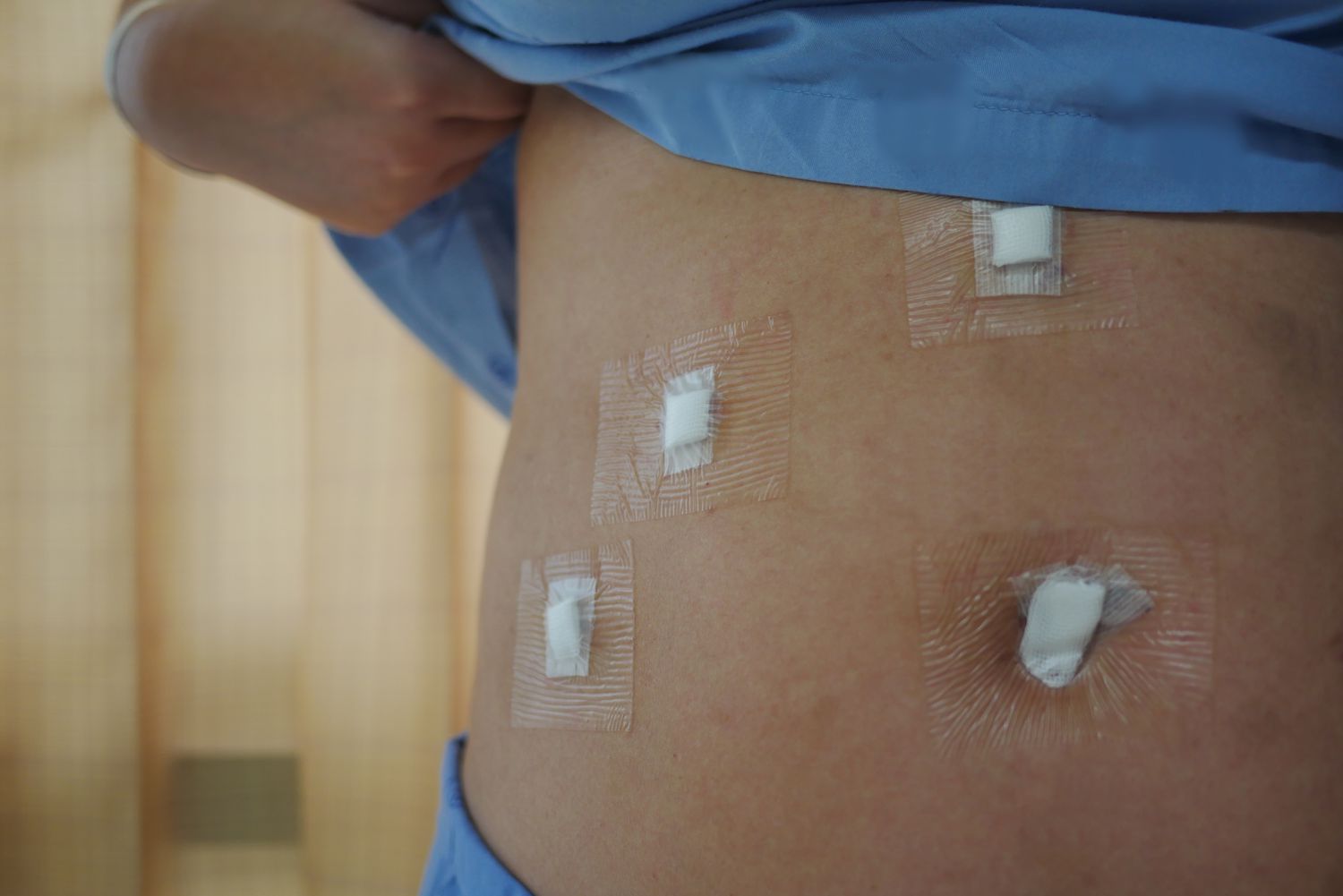
The decision to undergo a cholecystectomy, or gallbladder removal surgery, often comes after a period of intense, unpredictable discomfort that fundamentally disrupts daily life. The gallbladder, a small, pear-shaped organ tucked beneath the liver, plays a modest but noticeable role in the digestive system, primarily storing and concentrating bile produced by the liver. When this system malfunctions—most commonly due to the formation of hard, crystalline deposits known as gallstones—the resulting condition, cholelithiasis, can progress to debilitating inflammation (cholecystitis) or blockages that require urgent surgical intervention. Understanding the transition from mild, post-meal discomfort to critical surgical necessity is the first step. The second, and perhaps most crucial, step involves demystifying the modern surgical process, typically performed laparoscopically, and setting realistic expectations for the adjustment required during recovery. Life without a gallbladder is not only manageable but, for most, a significant improvement, yet it introduces a “new normal” where the body adjusts to continuous, rather than regulated, bile flow into the small intestine.
The Gallbladder Plays a Modest But Noticeable Role in the Digestive System
To appreciate the symptoms of a diseased gallbladder, it is necessary to first understand its function. The gallbladder plays a modest but noticeable role in the digestive system as a reservoir for bile. Bile, a yellowish-green fluid essential for the emulsification of dietary fats, is manufactured continuously by the liver. When no food is being consumed, the gallbladder receives, stores, and concentrates this bile, making it up to five times more potent. When a meal containing fats reaches the small intestine, a hormone called cholecystokinin (CCK) is released, signaling the gallbladder to contract forcefully and release a potent squirt of concentrated bile into the digestive tract. This controlled release mechanism is vital for efficient fat digestion and absorption. When gallstones form, they interfere with this critical contraction and release cycle, leading to the characteristic pain.
The Transition from Mild, Post-Meal Discomfort to Critical Surgical Necessity
The most common and definitive symptom of gallstones is a sudden, escalating pain in the upper right quadrant of the abdomen, often radiating to the back or right shoulder blade. The transition from mild, post-meal discomfort to critical surgical necessity is dictated by the severity and progression of symptoms. Initial pain, known as biliary colic, typically occurs after consuming fatty meals because this triggers the CCK-mediated gallbladder contraction. If a stone blocks the cystic duct (the gallbladder’s outflow pipe), the pressure buildup causes intense pain, which may resolve spontaneously as the stone shifts. However, if the stone becomes permanently lodged, the result is acute cholecystitis—inflammation and infection of the gallbladder wall, which is a surgical emergency requiring removal to prevent rupture or severe sepsis.
The Laparoscopic Technique Has Revolutionized Recovery Timelines
The procedure for gallbladder removal, the cholecystectomy, is one of the most frequently performed abdominal surgeries globally. The laparoscopic technique has revolutionized recovery timelines and is now the gold standard of care, often referred to as “keyhole surgery.” This minimally invasive approach involves making three or four small incisions (typically less than an inch long) in the abdomen, through which a slender video camera (laparoscope) and specialized surgical instruments are inserted. The surgeon views the internal area on a monitor, carefully dissecting the gallbladder free from the liver bed and clipping the cystic duct and artery before removing the organ through one of the small incisions. The primary benefits of this approach are dramatically reduced post-operative pain, a minimal hospital stay (often same-day or one night), and a significantly faster return to normal activities compared to traditional open surgery.
The Critical Phase of the Operation Involves Clear Visualization
Despite its routine nature, the laparoscopic cholecystectomy requires precision, particularly when identifying the crucial anatomical structures. The critical phase of the operation involves clear visualization of the Cystic Duct and the Cystic Artery—the two main structures that must be clipped and divided to remove the gallbladder safely. Misidentification of these structures, particularly confusing the Cystic Duct with the Common Bile Duct (CBD), is the primary cause of major operative complications, such as bile duct injury. Surgeons utilize critical steps, including a thorough dissection to achieve the “Critical View of Safety,” ensuring that only the correct two structures are divided, thereby protecting the main CBD and minimizing the risk of a bile leak or stricture.
Adjustments to the Digestive Process Begin Immediately
The moment the gallbladder is removed, adjustments to the digestive process begin immediately as the body must now manage the continuous flow of bile. Without the reservoir, bile travels directly from the liver, through the CBD, and into the small intestine in a steady drip, rather than the concentrated bolus previously delivered on demand. For most people, the body adapts remarkably well, and digestion proceeds normally. However, for a minority of patients, this constant presence of bile in the small intestine, especially when it reaches the colon, can lead to side effects. These can include transient loose stools or, less commonly, chronic diarrhea—a condition known as bile acid malabsorption—which occurs because the bile acids irritate the colon lining.
The First Few Weeks Are Defined by Managing Surgical Discomfort
The immediate recovery period, particularly the first 1-2 weeks, focuses on healing the small incisions and managing residual pain. The first few weeks are defined by managing surgical discomfort, which is surprisingly more related to the gas used during the laparoscopy than the incisions themselves. During the procedure, the abdomen is inflated with carbon dioxide (CO2) to create a working space. This gas can irritate the diaphragm, causing referred pain that patients often feel in the tip of the right shoulder. This discomfort typically subsides within 48 to 72 hours. Incisional pain is managed with prescription or over-the-counter pain relievers. During this time, patients are encouraged to walk frequently to aid in gas absorption and prevent blood clots, but they must avoid heavy lifting or strenuous activity to allow the abdominal wall to heal.
Dietary Experimentation and Observation Are Essential
Post-cholecystectomy, patients are not usually placed on a rigid, permanent diet plan, but a period of dietary adjustment is necessary. Dietary experimentation and observation are essential to determine the body’s specific tolerance for fats. Immediately after surgery, a low-fat diet is typically recommended to allow the digestive tract to ease into its new rhythm without the concentrated bile reserve. Over the following weeks, patients can slowly reintroduce healthy fats (like those in avocados, nuts, and olive oil) while watching for symptoms like bloating or diarrhea. Highly processed, deep-fried, or very high-fat meals tend to be the most challenging because the continuous, un-concentrated bile flow may be insufficient to fully emulsify a massive influx of fat all at once, leading to digestive upset.
Patients Must Remain Vigilant for Signs of Complications
Despite the procedure’s high success rate, patients must remain vigilant for signs of complications during the recovery period, as early detection is key to management. Post-operative complications are rare but can include bleeding, infection at the incision sites, or, most critically, a bile leak from the clipped cystic duct stump. Symptoms that necessitate immediate contact with the surgical team include persistent fever (a sign of infection), excessive pain that does not respond to medication, escalating abdominal swelling, or jaundice (yellowing of the skin and eyes), which indicates an obstruction in the CBD requiring further evaluation. The majority of symptoms resolve within weeks, but any dramatic worsening should be treated as an alarm signal.
The Long-Term Prognosis for Life Without the Organ Is Excellent
For the vast majority of patients, the long-term outlook is overwhelmingly positive. The long-term prognosis for life without the organ is excellent, with most individuals reporting complete resolution of their debilitating symptoms and no lasting digestive issues. Once the initial adjustment period is complete and the patient has identified their personal dietary tolerance levels, most can return to a normal, varied diet and unrestricted physical activity. The primary benefit is the elimination of the acute, severe pain and the risk of life-threatening infection associated with a diseased gallbladder. This provides a significant and sustainable improvement in quality of life that easily outweighs the minor, manageable dietary concessions required by the body’s new, continuous bile delivery system.
The Final Scars Will Take Up to a Year to Fully Mature
While the physical recovery from the small incisions is quick, the process of scar maturation is prolonged. The final scars will take up to a year to fully mature, softening and fading over time. Initially, the small incisions may be raised and pink or red. Over the following months, the body continues the final remodeling phase of wound healing, where collagen fibers are reorganized. Patients can optimize this process by protecting the scars from direct sun exposure (which can darken them permanently), and later, by gently massaging the scars with moisturizers or specialized silicone sheets, as recommended by the surgeon. This long-term commitment to scar care is the final, subtle step in completing the recovery process and maximizing the aesthetic outcome of the successful cholecystectomy.
